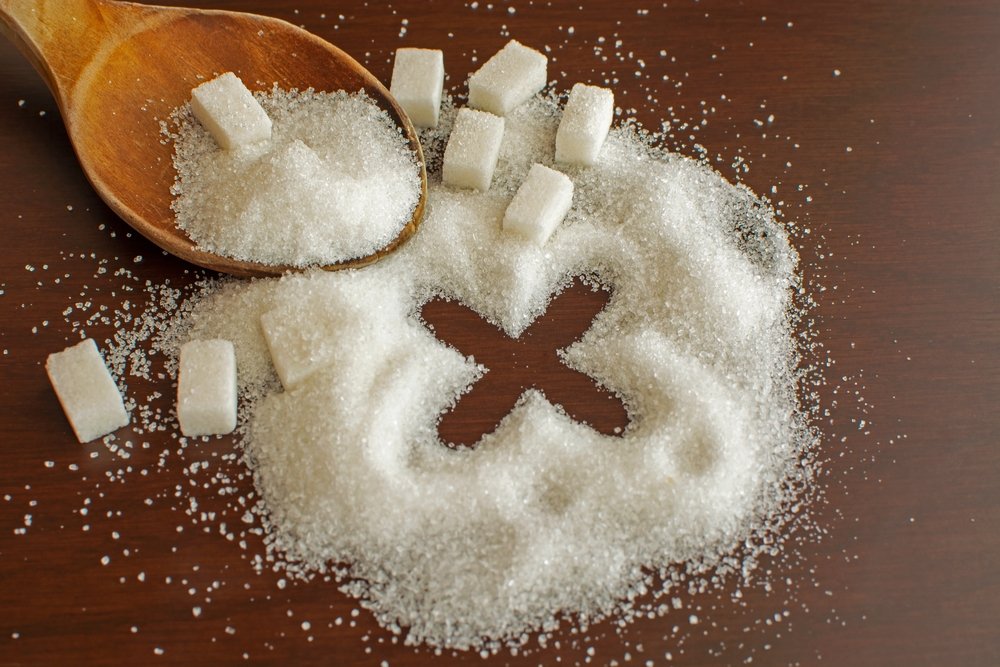If you’re someone who has been searching for a gentler hair removal method than traditional waxing, sugaring might just be the solution you’ve been looking for.
Sugaring has been used for centuries and is a natural alternative to waxing that can be done from the comfort of your own home.
But how does it work? In this blog post, we will walk you through the process of sugaring, its benefits, how it compares to waxing, and more.
So, if you’re a woman looking for a painless and effective hair removal method, keep reading to find out everything you need to know about sugaring!
1. What is sugaring?
Sugaring is an ancient hair removal method that is natural, organic, and chemical-free. The process involves gently removing hair from the root by applying a mixture of sugar, water, and lemon juice to the skin. Unlike waxing, sugaring is not hot and does not stick to the skin, making it less painful and gentler on sensitive areas of the body. It is also less likely to cause irritation, ingrown hairs, or breakouts compared to other hair removal methods.
2. The process of sugaring
To start sugaring, you’ll need to apply the sugar paste in the opposite direction of hair growth, and quickly remove it in the same direction with a flicking motion. Another option is to place a strip of fabric or paper over the sugar paste before removing it. This process removes hair from the root, resulting in smooth and hairless skin for several weeks. The paste can be applied over previously sugared areas after 48 hours, making it an excellent option for keeping up with skin maintenance.
3. The benefits of sugaring
Sugaring has many benefits over other hair removal methods. For one, it is natural and beneficial for the skin. The sugar paste contains natural exfoliants that remove dead skin cells and leave the skin feeling silky smooth. It is also less painful than waxing and can be used in most areas of the body, including the face. Additionally, sugaring is more environmentally friendly since the only waste produced is the sugar paste, which is biodegradable.
4. How does sugaring compare to waxing?
One of the most significant differences between sugaring and waxing is that sugaring is gentler on the skin. Additionally, sugaring paste only adheres to the hair and dead skin cells, so it leaves skin cleaner and softer. Wax, on the other hand, sticks to both hair and skin cells, which can cause irritation or discomfort. Sugaring tends to be less painful than waxing when the hair is pulled from the root, making it a popular choice for people with sensitive skin.
5. Can sugaring be done at home?
While sugaring is often done in a salon, it can also be done from the comfort of your own home. Sugaring paste can be made with simple, natural ingredients from home and can be reused multiple times on different areas of the body. However, for best results or if you’re not familiar with the process, it’s recommended to have sugaring done by a professional. Of course, always remember to patch test before trying any new hair removal method.
Sugaring offers an excellent alternative to the traditional waxing method.
It’s gentle on sensitive skin, less painful than waxing, and offers many other benefits that make it a popular choice for hair removal. While most people prefer to let a professional do the job, it’s also possible to create your own sugaring paste at home. Whether you choose to do it yourself or go to a professional, the result will be smooth, hair-free skin that lasts for weeks. So why not give sugaring a try and see if it’s the right hair removal method for you?

